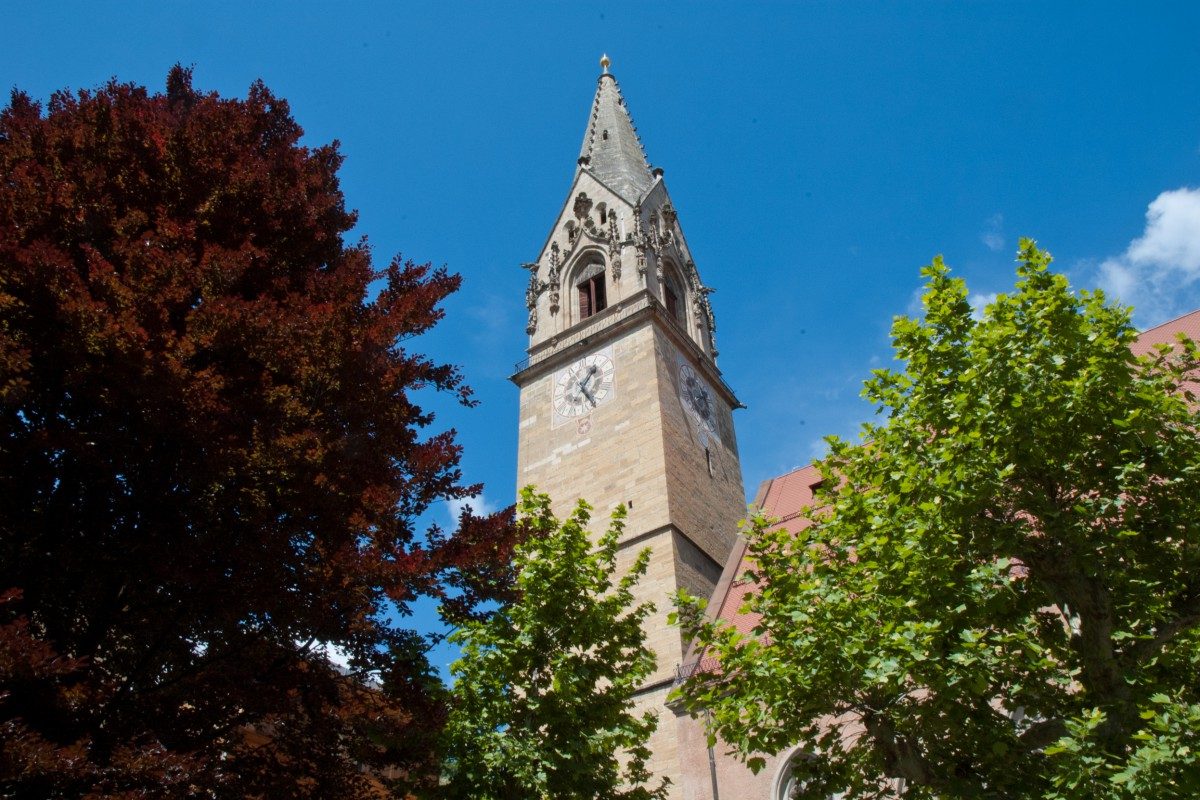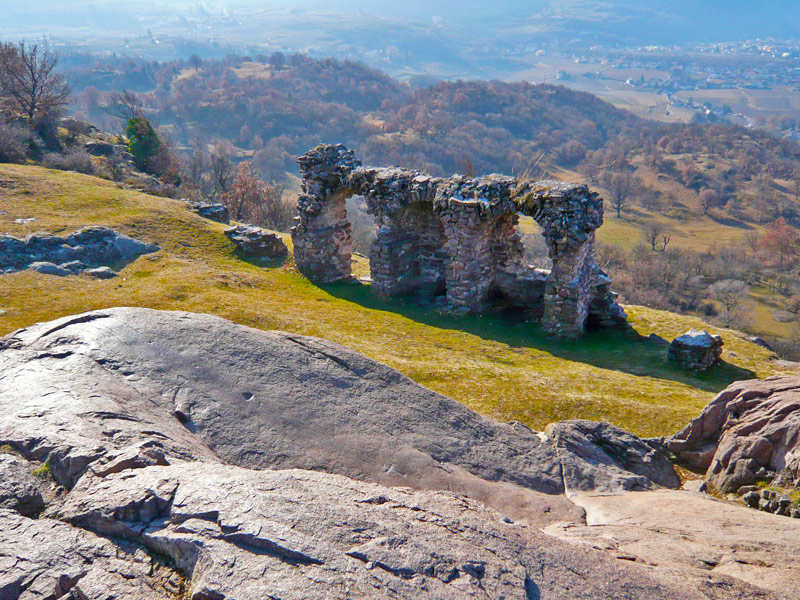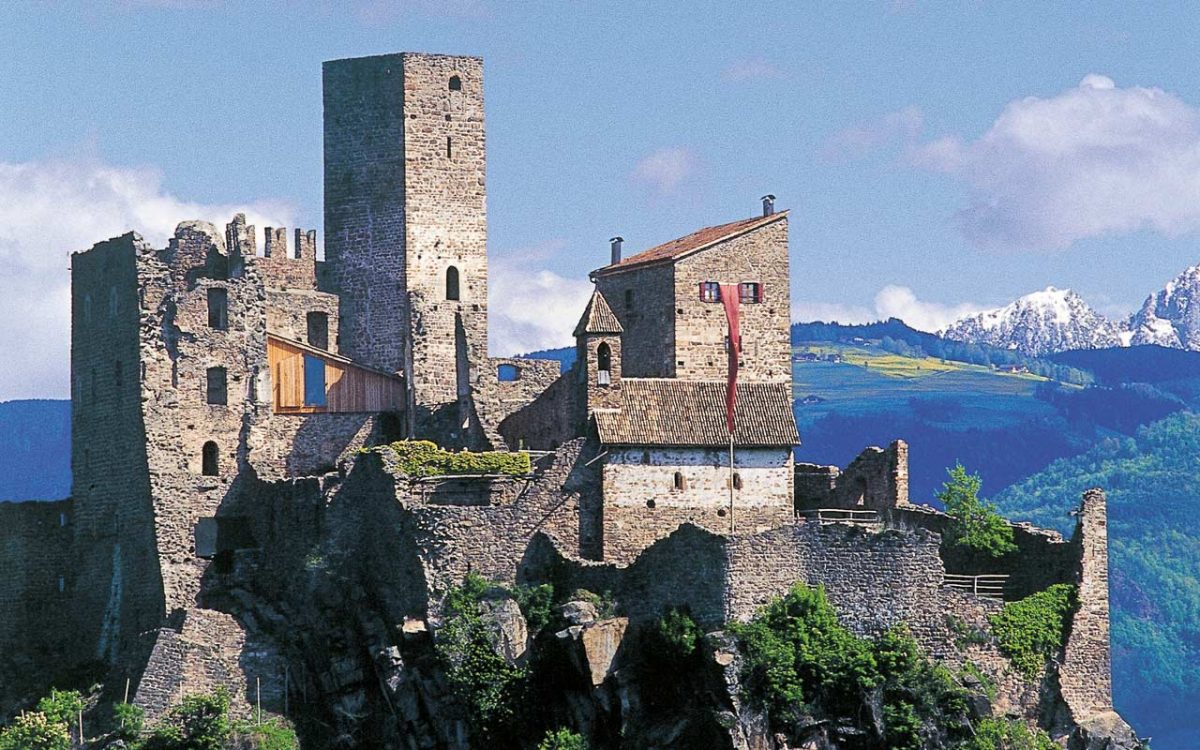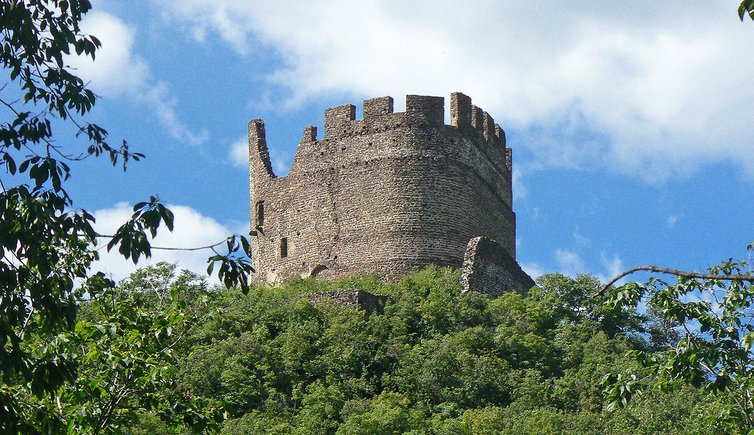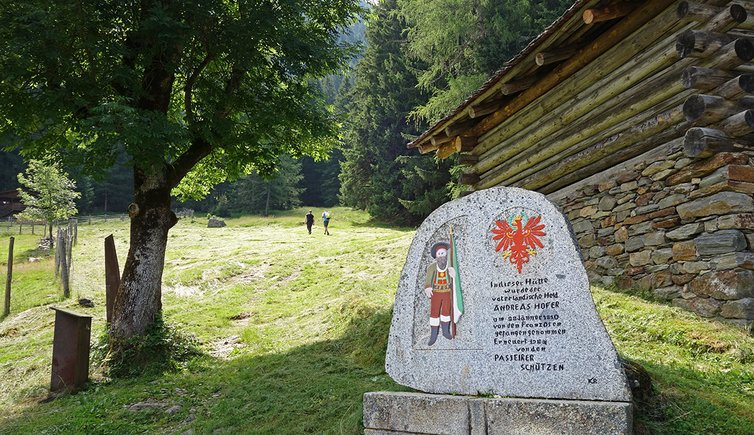How to reach the Castle Hocheppan
The castle Hocheppan is open daily for hikers, art lovers and medieval fans.
Location:
The castle Hocheppan is situated high above the Val d’Adige and offers a panoramic view over the Ötztal alps, the Dolomites and to the capital city of South Tyrol: Bolzano.
History:
Lord Ulrich II built the castle around the year 1130 and it was one of the most majestic noble’s residences in the country. In 1158, the castle was destroyed, but soon after again rebuilt and in 1315, it was handed over to the sovereigns of Tyrol and from that time on, the castle changed owner from time to time. Since 1911, the castle had been in possession of the Earls of Enzenberg. In 2016, the local authority of Appiano has bought the castle. Among the numerous preserved castles in South Tyrol, Hocheppan is one of the most impressive medieval castles.
Architecture style and particularities:
Castle Hocheppan is the perfect combination of natural beauty and the romance of a medieval castle. Art lovers should visit the well-preserved castle chapel with its precious fresco cycle, which is one of the best-preserved frescos all over Tyrol.
Opening hours:
Thursday to Tuesday from 10:00 to 18:00 pm
Wednesday closed (03. – 10. July closed)
Guides of art history:
The castle chapel and the castle Hocheppan can be visited with a guided tour every day between 11 am and 4 pm.
11 am Castle guide | duration ca. 45 min.
12 noon Kapellenführung | duration ca. 30 min.
1 pm Castle guide | duration ca. 45 min.
2 pm Castle guide | duration ca. 45 min.
3 pm Castle guide | duration ca. 45 min.
4 pm Kapellenführung | duration ca. 30 min.
For more information feel free to contact the tourist information Eppan: [email protected], +39 0471 662206.
Shuttle to the castle:
For visitors who are not good on their feet, there is the possibility to book a shuttle bus to the Castle and back via this number: +39 338 5879545. Ernst Niedermayr will accept your requests any time.
Entrance fee:
| Adults |
7,00 € |
| Students and seniors |
5,00€ |
| Proups from 15 persons |
4,00€ |
| Children up to 14 years |
3,00€ |
| School classes – per student |
2,50€ |
| Family card |
16,00€ |
Contact
Tourism Office Eppan
Rathausplatz 1
39057 Eppan
+39 0471-662206
